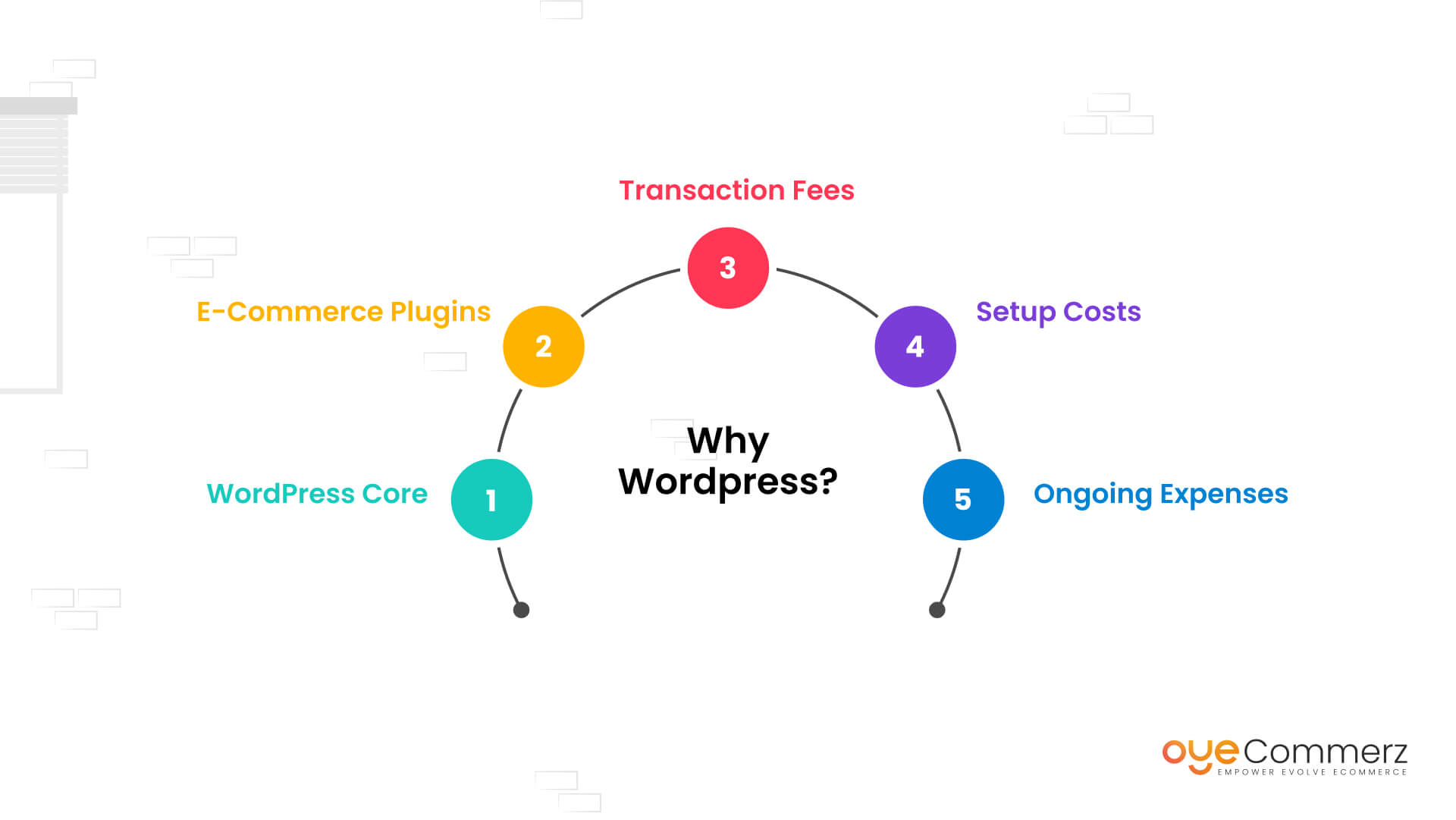Shifting from WP to Shopify is an exciting step toward streamlining your e-commerce operations. As companies expand, selecting a solution that supports growth potential, user experience, and customization becomes crucial. Shopify has emerged as a preferred choice for e-commerce professionals, providing unmatched flexibility, security, and ease of use. In this guide, we’ll explore why this migration is a game-changer, highlight the benefits, and provide actionable steps to facilitate a seamless move.
1. Top Reasons to Transition from WP to Shopify
WordPress, paired with WooCommerce, continues to support countless e-commerce platforms. Nevertheless, as companies scale, issues like plugin dependency, security vulnerabilities, and technical complexities often obstruct growth. Shopify, designed explicitly for e-commerce, addresses these concerns with an all-in-one, user-friendly solution. Real data supports this transition—Shopify powers over 4.4 million websites globally, with a documented 10% boost to sales performance for many businesses after migration.
2. Shopify's Perks for Thriving Online Stores
Shopify’s powerful platform is tailored for scaling brands. Its standout benefits include:
- Seamless Customization: Shopify offers over 80 professionally designed themes.
- Built-in Features: Capabilities such as Shopify Payments and integrated SEO save time and effort.
- Global Reach: Currency versatility and localization features enable brands to reach global markets.
Additionally, Shopify delivers an availability percentage of 99.98%, guaranteeing your website is always operational.
3. Preparing for WordPress to Shopify Migration
Before migrating, assess your existing setup. Review product data, customer details, and search engine rankings. Resources such as Shopify’s Migration Kit or external tools can simplify this process. Develop a detailed strategy, making sure all resources—product descriptions, media files, and articles—are optimized for transfer.
4. The Importance of Accurate Data Migration
Transferring your data forms the foundation for a smooth platform switch. When migrating from WP to Shopify, prioritize:
- Inventory Details: SKU, descriptions, and categories.
- Customer Data: Emails, purchase records, and custom fields.
- Search Engine Considerations: Preserve meta tags, URLs, and redirects to maintain search rankings.
Leverage tools such as LitExtension to facilitate seamless migration while reducing mistakes.
5. Customizing Your Shopify Store
Post-migration, customizing your Shopify store ensures it aligns with your brand. Utilize Shopify’s intuitive page builder to design pages effortlessly. Shopify's themes are optimized for all devices, providing a smooth user experience across devices—a critical factor, since 74% of online shopping is generated by mobile visitors.
6. Maintaining SEO During Migration
SEO is vital for preserving your online presence during migration. Shopify is highly optimized for search engines with organized link formatting, preloaded features, and smooth content management. Make sure you:
- Set up URL forwarding for existing links.
- Enhance updated content with targeted phrases.
- Use Shopify's Shopify migration process apps Plug in SEO to monitor performance post-migration.
7. Essential Tests After Migrating to Shopify
Once the migration is complete, run detailed checks.
Check: - Website speed (Shopify boasts faster speeds compared to WP).
- Payment integration reliability and checkout processes.
- Mobile responsiveness.
Quality assurance ensures your store delivers a smooth shopping journey from day one.
8. Real-Life Success Story
One such migration success story is Gymshark, a fitness apparel brand that moved to Shopify. Post-migration, the company experienced a 60% increase in mobile sales and reduced site downtime. This highlights the capabilities of Shopify in enhancing online business success.
9. Overcoming Common Migration Issues
Migration comes with challenges, such as data integrity and reconfiguring custom functionalities. However, Shopify’s extensive assistance and third-party experts simplify the process. Collaborating with experienced Shopify developers helps guarantee a smooth transition.
10. Making the Switch: The First Step Toward Success
Switching from WordPress to Shopify represents a strategic approach to e-commerce. By addressing scalability, streamlining operations, and improving buyer satisfaction, Shopify empowers businesses to succeed in challenging industries.
Conclusion
Transitioning from WP to Shopify is a strategic move that can significantly boost your online business performance. With a robust migration plan, the appropriate resources, and expert support, you can achieve new growth opportunities.
Excited to start the journey? Let’s discuss how our Shopify migration services can transform your e-commerce platform. Contact E-commerce website migration us now, or consider: Can your business afford to miss out on Shopify’s growth potential?
